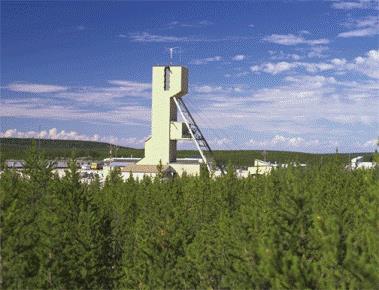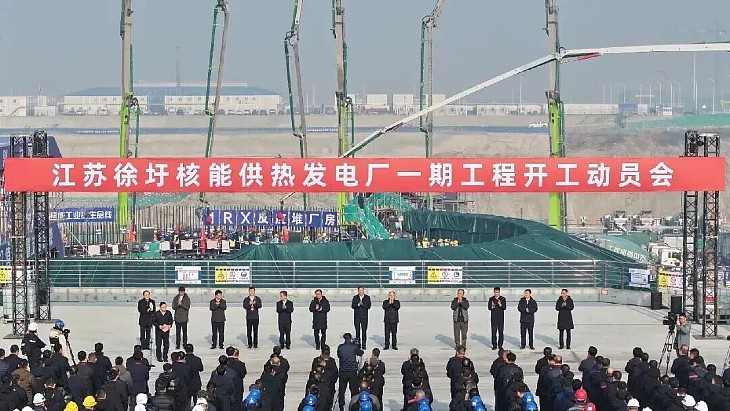Cameco has resumed pumping out water from its partially-flooded Cigar Lake uranium mine in Saskatchewan, Canada, but says that it may take up to a year to fully dewater and secure the mine.
 |
| Cigar Lake (Image: Cameco) |
Unfortunately one of the doors did not seal properly, allowing water to enter the processing area while worker attempts to fully seal the door were unsuccessful. Furthermore, the rate of water ingress far exceeded the speed water could be pumped out. Finally, Cameco managers decided there was no option but to allow the water to overtake the mine. All staff were evacuated with no injuries and there was no impact on the environment.
Cameco began a five-phase remediation programme in early 2007 to remove water from the Cigar Lake mine. The company had originally expected to complete dewatering No.1 shaft in the second half of 2008. By August 2008, the shaft had been pumped down to 430 metres below the surface when an increase in water flow, to 600 cubic metres per hour, was reported. Such an inflow rate was "beyond the range that can be managed while sustaining work in the shaft," the company said. It therefore decided to suspend the remediation work.
Cameco has now reported that the inflow of water at the 420-metre level that led to the suspension of dewatering activities has now "been remediated by remotely placing an inflatable seal between the shaft and the source of the inflow and subsequently backfilling and sealing the entire development behind the seal with concrete and grout." It added that "the 420 level is not part of future mine plans."
The company noted, "It is currently expected to take 6-12 months to dewater and secure the mine depending on what conditions are found in the shaft and the underground workings." Cameco said that it would issue an estimated production start-up date after the water has been pumped out of the mine and the condition of the underground development has been assessed.
Cigar Lake is one of the world's most promising uranium deposits, with estimated reserves of 226.3 million pounds of U3O8 at grades as high as 20.7%. Led by Cameco, holding 50% of the project, a consortium of Areva Resources Canada (37%), Idemitsu Canada Resources (8%) and Tepco Resources (5%) has been developing the deposit. Originally, the mine was expected to begin operating in early 2008.





_28178.jpg)
_66891.jpg)
_16128_62584.jpg)





